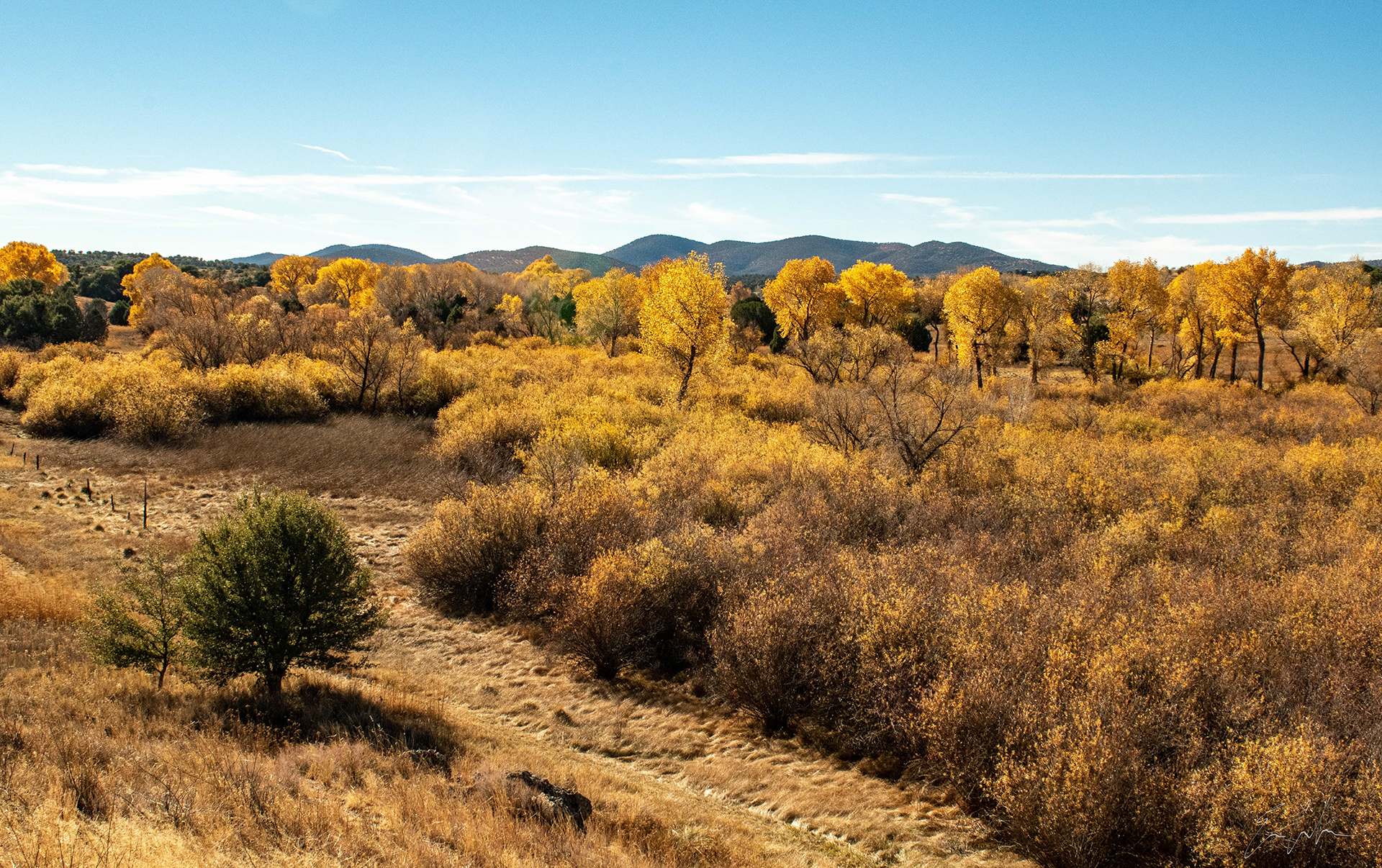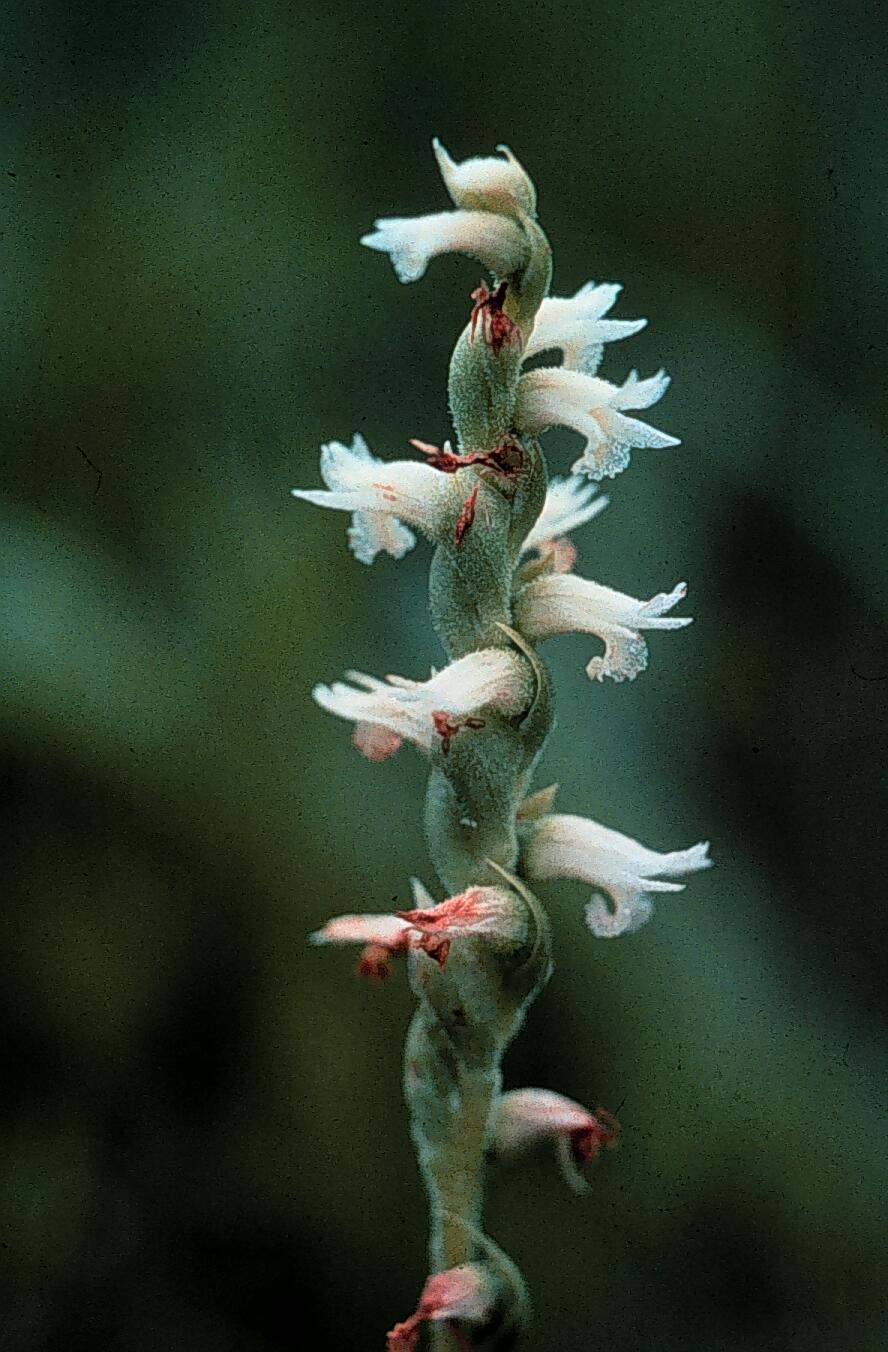The Canelo Hills Cienega Preserve, located in southeastern Arizona, is a critical wetland ecosystem protected by The Nature Conservancy (TNC). This cienega, or desert wetland, represents one of the few remaining wetland habitats in the region, playing a vital role in maintaining biodiversity and water conservation in an arid landscape.
The Nature Conservancy is proud to collaborate with Desert Botanical Garden on its Orchid Fever exhibit, running now through May 11. Bart Farber, a sponsor of Orchid Fever, serves on the board of The Nature Conservancy in Arizona. TNC’s work in the Canelo Hills Cienega Preserve safeguards habitat for a rare species of orchid known as the Canelo Hills ladies’-tresses (Spiranthes delitescens). This endangered orchid is known to historically exist at just five populations in southern Arizona, but recent declines have reduced it to just two remaining locations in the wild.
Desert Botanical Garden has been a key partner of The Nature Conservancy for the past decade in helping to advance our understanding of the species and restoring its habitat conditions.

Autumn Changing colors at the Canelo Preserve in Arizona. © Erin Creekmur/TNC
The Role of The Nature Conservancy
The Nature Conservancy is a global environmental organization dedicated to the conservation of land and water resources. Established over 70 years ago, it operates in more than 80 countries and territories, using science-based strategies to protect critical ecosystems.
The acquisition of the Canelo Hills Cienega Preserve was driven by the need to safeguard one of the last intact cienegas in the Southwest, ensuring the continued function of this unique wetland. The preserve was purchased from the Knipe family in 1969, making it the second preserve in Arizona’s system. In 1974, it was designated a National Natural Landmark for being one of the least disturbed extensive Southwestern desert wet grasslands.

Historical and Ecological Significance
Historically, cienegas were widespread across Arizona and the greater Southwest, providing essential water sources for indigenous communities, early settlers and diverse wildlife. However, due to agricultural expansion, groundwater depletion, erosion and climate change, many cienegas have disappeared. The Canelo Hills Cienega Preserve remains one of the few surviving examples, offering valuable insights into wetland ecology and conservation efforts.

Rare Orchid Ladies Tresses at Canelo Hills Preserve. © Tad Nichols/ TNC
